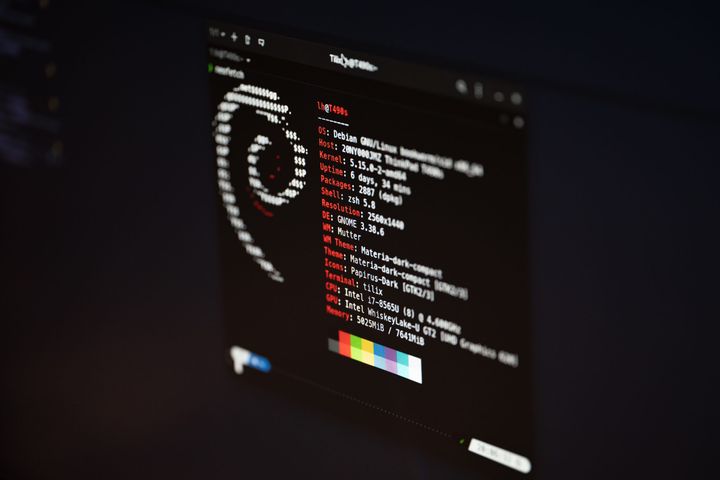Unzipping to Specific Directories: A Linux User's Guide

Hello, fellow Linux enthusiasts! Today, we're unraveling the mystery of unzipping files to specific directories. Whether you're a seasoned Linux user or just starting, this guide is your key to mastering the art of file extraction in Linux.
Why Specify a Directory for Unzipping?
Unzipping files to a specific directory helps you stay organized and can be crucial for maintaining file structure in many scenarios, such as when installing software, organizing downloads, or managing large datasets.
The Magic of the unzip Command
At the heart of our tutorial is the unzip command – a simple yet powerful tool in Linux. Let's break down how to use it effectively.
The Basic Unzip Command
To unzip a file, the basic syntax is:
unzip file.zipThis command will extract the contents of file.zip into the current working directory.
Unzipping to a Specific Directory
To unzip files into a specific directory, use the -d option followed by the desired directory path. Here's how it's done:
unzip file.zip -d /path/to/directoryCreating the Directory on the Fly
What if the directory doesn't exist? No problem! Combine mkdir and unzip like this:
mkdir -p /path/to/directory && unzip file.zip -d /path/to/directoryThis command creates the directory (if it doesn't exist) and then extracts the files into it.
Advanced Options for Power Users
- List Contents Without Extracting:
unzip -l file.zip - Extract Specific Files:
unzip file.zip file1.txt file2.txt - Overwrite Existing Files Without Prompting:
unzip -o file.zip - Never Overwrite Existing Files:
unzip -n file.zip
Conclusion
Unzipping files to a specific directory in Linux is a fundamental skill that enhances your file management efficiency. Armed with the unzip command and its options, you're now ready to tackle any zipped file with confidence and precision. Happy unzipping!




Comments ()